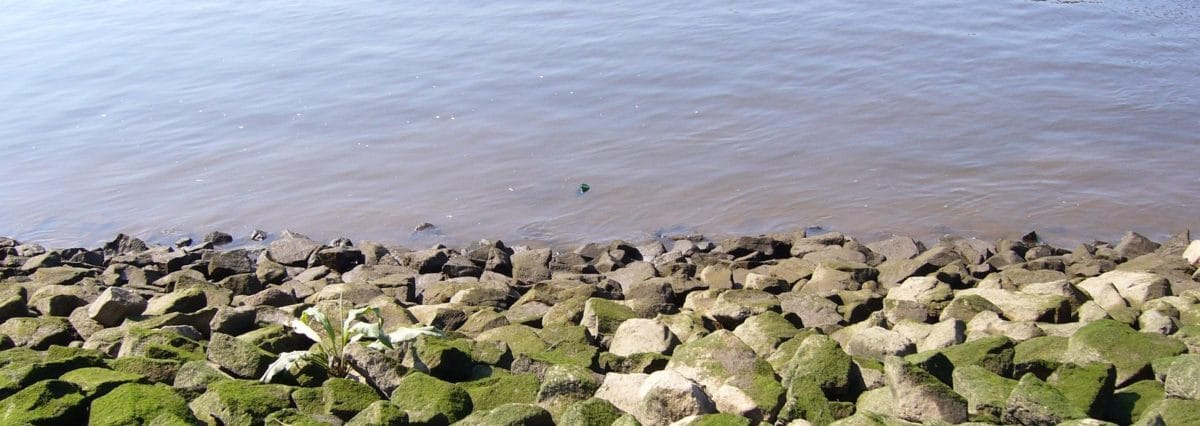Utah has a long way to go to be a leader in water quality. From mine tailing contamination to algal blooms to depleting water supply, Utah faces a potential water crisis. Fortunately, Utah is trying to fix the problem, but that process is speckled by pros and cons.
The Good
Governor Herbert requested a list of policy recommendations for Utah’s water quality. A group of 41 individuals with over 800 years of collective experience created a 106 page report analyzing 11 water policy questions. It is a very broad yet comprehensive report on water quality in the state of Utah that will hopefully influence the way legislators work on water in Utah. You can read the report here. I was pleased to see the report deal with global climate change (allow they fail to address man-caused contributions) — we might soon get more rainfall than snowpack. A sad possibility for a state that boast having the greatest snow on earth.
Work on Utah Lake progresses! After years of recurring algal blooms, declining june sucker populations, and growth of invasive species, scientists and government officials are working to clean up Utah Lake. Potential mitigation efforts include anything ranging from sterilizing carp populations, limiting phosphorous levels, and spraying invasive plant species with poison. As no clear solution is apparent, scientists and officials will continue to research solutions.
The Bad
Rep. Mike Noel and Sen. Margaret Dayton repeatedly decried the Water Quality Report, claiming it unfairly characterized energy companies as potential water polluters. “Mines don’t pollute water,” they said. “What about American Fork Canyon? Well, that was past mining practices, not present. Therefore, it’s unfair to say mining doesn’t pollute water.”
Yeah, I don’t buy it. While it’s true historical mines were responsible for the American Fork contamination, I think it is incredibly short-sighted to claim new mining practices don’t have the potential to pollute the water. Unfortunately, their focus on energy completely derailed the conversation on finding solutions to water quality in Utah.
Next in bad things to come, the Lake Powell pipeline project continues to move forward. It will bring water to South and Southeastern Utah, and estimated costs for the 140 mile pipeline range from $1.1 – 1.8 billion, most of which will be paid for by Utahns. Rep. Mike Noel believes Utah needs to keep the agricultural sector alive because it’s part of our heritage; he does not want to see the water become ‘culinary’ only. The pipeline project feels short-sighted. Sure, Utah may legally own the water rights, but no one seems to be considering the future of the Colorado river in the next thirty to fifty years. Seeing as Lake Powell has hit records lows in the last 16 years, it seems unwise to continue to siphon water from the Colorado — especially to subsidize a non-sustainable ranching industry.
Final Thoughts
Utah is expected to double in size by 2060. This oft quoted statistic is enough to cause considerable worry for our government, particularly in relation to water rights. Hopefully the 2018 Legislative session will properly address water concerns and listen adequately to all affected parties.
– Laura Boyer, Karen Shepherd Policy and Advocacy Fellow

